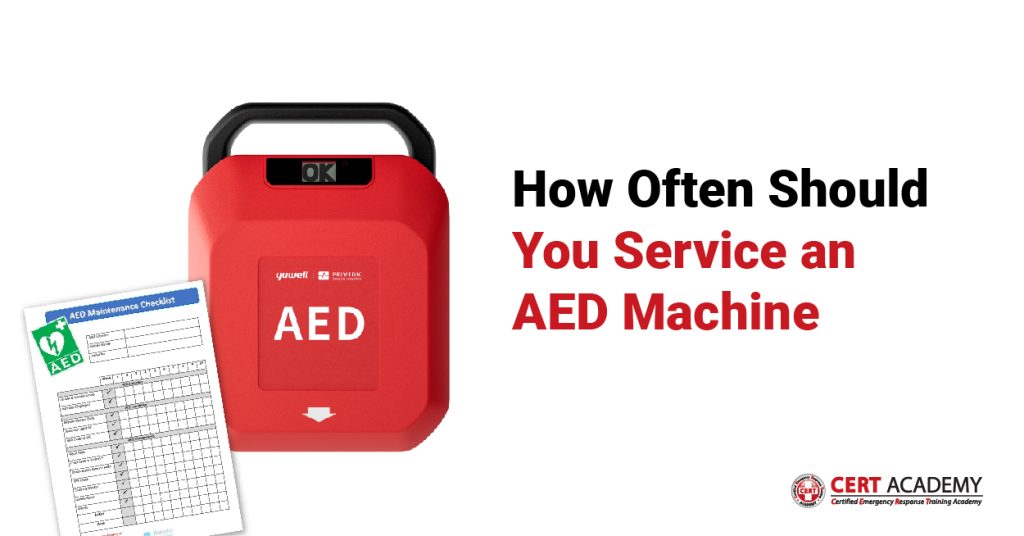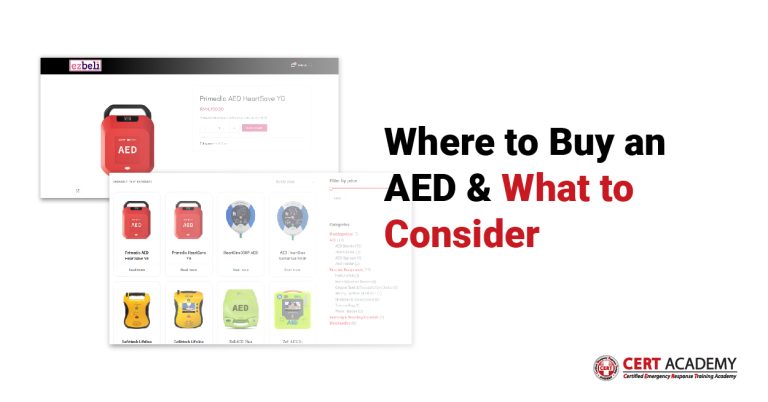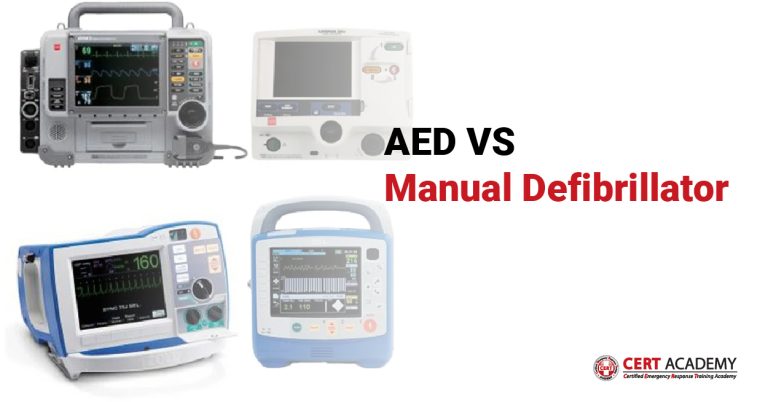Call Us +603-8066 8665
How Often Should You Service an AED Machine? Important Safety Tips
Automated External Defibrillators (AEDs) are life-saving devices designed to deliver a controlled electric shock to restore a normal heart rhythm during sudden cardiac arrest. However, just having an AED machine is not enough—it must be regularly maintained to ensure it functions correctly in an emergency. Neglecting AED servicing can lead to device failure when it matters most. Here’s everything you need to know about how often you should service an AED and key safety tips to keep it in optimal condition.

How Often Should an AED Machine Be Serviced?
The frequency of AED maintenance varies based on manufacturer guidelines, but the following best practices should be followed:
- Monthly Inspections – Conduct a visual inspection every month to check for any physical damage, ensure all parts are intact, and confirm that the battery and electrode pads are in place. Look for an active status indicator light that signals the AED is functioning correctly.
- Battery Replacement – AED batteries typically last between 2 to 5 years. Always check the expiration date and replace the battery before it runs out of power to avoid a malfunction during an emergency.
- Electrode Pads Check – The electrode pads used to deliver the shock have a shelf life of about 2 to 4 years. Expired pads can lose their adhesive properties and conductivity, rendering them ineffective. Keep spares on hand and replace expired ones immediately.
- Annual Professional Inspection – At least once a year, have a professional technician or certified personnel inspect the AED to ensure it is operating correctly. Some workplaces and public facilities conduct bi-annual checks for added safety.
- After Every Use – If the AED has been used in a medical emergency, service it immediately. This includes replacing used pads and batteries and running a self-test to verify functionality.
Important Safety Tips for AED Machines
- Keep it Accessible – The AED should be stored in a clearly marked, easily accessible location where trained personnel or bystanders can reach it quickly.
- Train Staff and Users – Regular training sessions help ensure that those responsible know how to use the AED effectively in a crisis.
- Monitor the Self-Test Indicator – Most modern AEDs perform periodic self-tests. If the device signals an error, address it promptly.
- Protect from Environmental Damage – Store the AED in a dry, dust-free environment and check for any exposure to moisture or extreme temperatures that could affect performance.
- Follow Local Regulations – Some regions have specific requirements for AED maintenance and reporting. Ensure compliance with local laws.
By staying proactive with AED maintenance, you increase the chances of saving a life when an emergency arises. Routine servicing and adherence to safety protocols will ensure your AED is always ready to function at its best when needed most.



